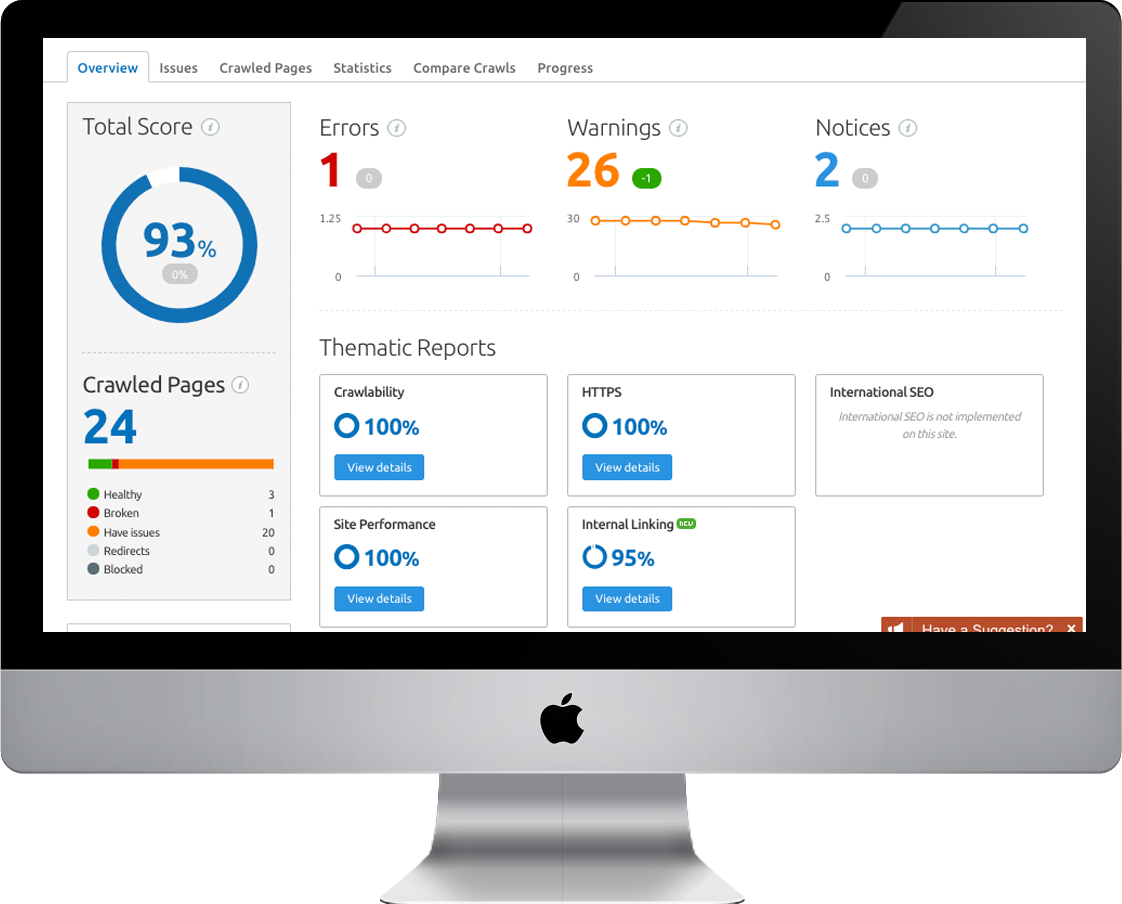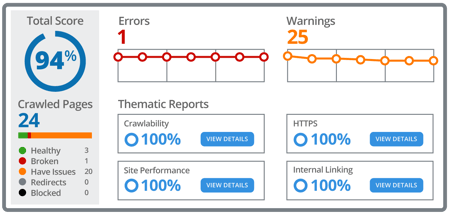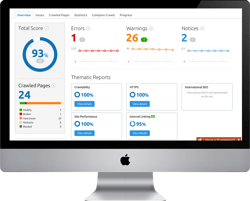Measure and Evaluate Your Website Performance
With today’s technology, having a website that performs well is imperative to the success of any online business or organization. Website...

 A healthy website is more than just a good-looking site. Search engines like Google don’t index and rank websites based on beauty; they rank sites in search based on how well-optimized they are.
A healthy website is more than just a good-looking site. Search engines like Google don’t index and rank websites based on beauty; they rank sites in search based on how well-optimized they are.
If your web pages are not optimized, it’s difficult for people to find you. Not properly managing your website health means you are missing out on many opportunities to rank higher on keywords that your potential customers are searching for to find your products and services.
Inbound's Tip: Time and again, we see that customers with websites that have not been optimized suffer
with the quality and quantity of organic traffic and leads to their websites. Optimizing a website is an ongoing process, not a set-it-and-forget-it strategy.

First, let's take a look at how a website health score is calculated.
To begin, we start with a site audit. The audit determines the number of total errors and warnings that are found on your web pages. Most of these errors and warnings lead to
The result of the audit is a health score. To calculate the score, you need to look at the portion of URLs on your site that have errors and compare that to the number of pages without errors. This score is a metric that tells you the percentage of mistakes on your site. These errors negatively impact your rankings on search engines.
(1 - (internal URLs with errors / total internal URLs)) x 100
![]() Mark’s Tip: It's important to understand that you may have 50% of your website pages with errors, and within each of those pages, there might be multiple errors. Depending on the size of your site, the total number of errors and issues could be in the thousands. Fixing these errors is a painstaking process. While many errors can be filtered and fixed in groups, some need to be fixed one at a time.
Mark’s Tip: It's important to understand that you may have 50% of your website pages with errors, and within each of those pages, there might be multiple errors. Depending on the size of your site, the total number of errors and issues could be in the thousands. Fixing these errors is a painstaking process. While many errors can be filtered and fixed in groups, some need to be fixed one at a time.

Let's break down each one.
On the surface, an 80% score looks very good. It means the majority of your web pages are good, with only 20% having errors. But we have to dig deeper to determine whether the pages with errors have critical errors that impact the most important sections of the site.
For instance, there might be dead links on those pages. These might be resources that prospects need to make buying decisions. Or, maybe these are critical pages about your products and services that can’t be found on search engines when potential customers look for you.
Inbound's Tip: Regardless of your health score, the errors, warnings or notices on your web pages all negatively impact your SEO and user experience. As search engine algorithms evolve, and as your website changes over time, so, too, will your health score. A monthly exercise for a typical organization is 10 hours a month to keep up the Health Score of their website.
The biggest takeaway from this article is that websites need to be maintained, just like cars or anything else that requires upkeep. As the web changes and as your website gets updated, your site’s health scores will change. Website health scores decay over time. Not updating your website or optimizing your website will result in a negative impact through organic search results and or
.png)
With today’s technology, having a website that performs well is imperative to the success of any online business or organization. Website...

What is Growth-Driven Design? How does it work? Why is the traditional website design process broken?

SEO (search engine optimization) isn't as confusing or as nebulous as it first appears. Since it's one of the least expensive marketing tactics you...